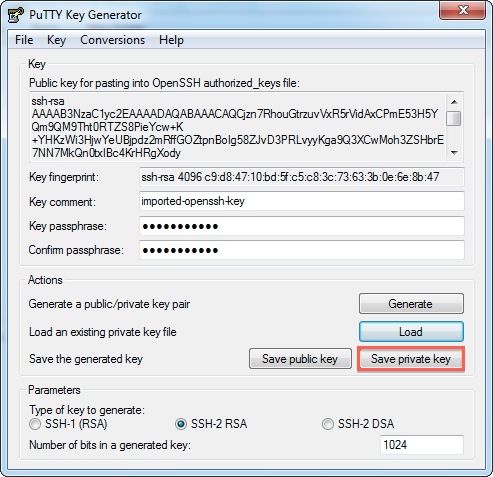



Lastly we should make sure we’re running the ssh-agent that picks up the keys when trying to login to a server. Now it should yield the following output: Your identification has been saved in /home/jonathan/.ssh/serenity. Enter passphrase (empty for no passphrase): You could leave this empty, but I don’t recommend it.
How to save file on ssh on mac y and enter password#
You’ll be prompted to set a passphrase and as with all *nix like password fields on the terminal, you will not actually see the character count, but it’s still capturing your input. Enter file in which to save the key (/home/jonathan/.ssh/id_rsa): You’re free to rename the key files afterwards, they’re only plain text files. ~ expands to /home/your_username on Linux and /Users/your_username on Mac OS. Make sure to save the generated key either by the recommended name or at least inside your ~/.ssh directory. ssh-keygen -t rsa -b 4096 -C "your_key_name" Let’s start by opening your favourite terminal, I recommend any Linux Terminal or iTerm2 on Mac OS, but most things will do. Click the link for a 10$ credit with them 😉 Another host I can recommend is Linode! In this example I’ll create a Digital Ocean Droplet to create a Linux Server for the examples. The point of an SSH key is to authenticate you with another host, also for example with a git server in order to prove that you’re really you. I use them to log into remote root and virtual private servers for various work and spare time projects, which is probably the most common use case. SSH keys make my life easier on a daily basis.


 0 kommentar(er)
0 kommentar(er)
